Rane MP 22x Handleiding
Rane
Mengpaneel
MP 22x
Bekijk gratis de handleiding van Rane MP 22x (6 pagina’s), behorend tot de categorie Mengpaneel. Deze gids werd als nuttig beoordeeld door 13 mensen en kreeg gemiddeld 4.3 sterren uit 7 reviews. Heb je een vraag over Rane MP 22x of wil je andere gebruikers van dit product iets vragen? Stel een vraag
Pagina 1/6

Manual-1
OPERATORS MANUAL MP 22x
DJ MIXER
QUICK START
If you won’t read the manual (we know how it is) here are a few basic “plug it in and get signal thru it” facts. The
MP 22x has all unbalanced RCA connectors, except for the XLR & ¼" Mic Inputs, ¼" Mic Loop, and the balanced ¼" TRS
Master Outputs. Be sure your amplifier is off while making connections. On the front panel, set all controls to the middle of
their travel. Set all pushbuttons to their out position, slide the MASTER LEVEL all the way down. Turn the INPUT
SELECT switch for Channel A or B to an Input with material playing. Turn your amplifier on. Now slowly turn up the
MASTER LEVEL and see the material on the meters and hear it from the MASTER OUTPUT jacks.
There are two places where you can get lost. If you bring a phono signal into PH/LN 1 or 2 be sure to keep the LINE/
PHONO switch set to PHONO; likewise when using a CD player be sure this switch is set to LINE. If you plug into the
MASTER LOOP RETURN the signal path thru the unit is broken, since these are switching jacks. They are looking for
the return from an outside device that got its signal from the MASTER LOOP SEND, so only use these when you can
make a complete loop. Now that was a pretty quick start, right?
Never connect anything except a Rane RS 1 to the thing that looks like a red telephone jack on the rear of the
MP 22x. This is an AC supply and requires some special attention if you do not have an operational power supply exactly
like the one that came with your unit. Consult the Rane factory for a replacement or substitution.

Manual-2
FRONT PANEL DESCRIPTION
1. Front panel MAIN MIC input: Use this 3-pin connector for connecting a balanced microphone of any impedance.
2. MIC EQ controls: These two controls adjust the frequency contour of both Microphone Inputs. They have no effect on any
other Inputs. Positioning these controls to the “12 o'clock” position turns the Mic Equalization off.
3. CHANNEL A & B EQ ENGAGE switches: Engaging this switch enables the Channel Equalizer to function. In the out
position, the Equalizer is bypassed.
4. CHANNEL A & B EQ level controls: These four rotary controls, when enabled with the EQ ENGAGE switch, are used to
contour the frequency response of the selected Input Channel. This is not designed to be the only Equalizer in the system,
this is intended to provide EQ between varying program materials. We recommend an external graphic equalizer for best
overall system sound, connected between the MASTER OUTPUTS and the amplifier.
5. CUE A or CUE B switch: Engaging any single or combination of CUE pushbuttons sends any program present at the
respective Channel's INPUT SELECT selector to the Headphone and meter cue sections. The yellow LEDs adjacent to each
CUE select button illuminate when the switch is engaged. Not recommended for beat sync lights. See Operating Instruc-
tions on page Manual-6.
6. INPUT SELECT A & B: These four position rotary switches provide Input selection between the various phono/line inputs
for their respective mixing Channels.
7. AUX LEVEL control: This rotary control adjusts the LEVEL from the AUX LINE IN jacks.
8. ZONE LEVEL controls: Control the output LEVEL of ZONE 1 and ZONE 2.
9. PEAK dBu CUE/PROGRAM meter: This meter can switch between two display modes. Refer to the CUE/PROGRAM
switch description below.
10. Meter CUE/PROGRAM switch: In the out position, the meter indicates Master Program output level in PEAK dBu in
LEFT and RIGHT stereo. In the in position, mono CUE level is displayed on the LEFT side and mono Program level is
displayed on the RIGHT side.
11. MAIN MIC ENGAGE switch: This pushbutton ENGAGES the MAIN MIC Input. The adjacent red LED flashes when-
ever the switch is pressed in, signalling that the Main Mic is on.

Manual-3
12. MAIN MIC LEVEL control: This control adjusts the LEVEL of the front panel MAIN MIC Input.
13. MAIN & REMOTE MIC OVERLOAD indicator: This red LED monitors both Microphone Inputs, before and after the
MIC EQ. It lights whenever these levels exceed 4 dB below clipping. Occasional flickering is normal; however, it should
not be allowed to light steadily.
14. REMOTE MIC ENGAGE switch: This pushbutton ENGAGES the REMOTE MIC Input. The adjacent red LED flashes
whenever the switch is pressed in, signalling the Remote Mic is on.
15. REMOTE MIC LEVEL control: This control adjusts the LEVEL of the rear panel REMOTE MIC Input.
16. A & B Input Channel faders: These faders control the Levels of the Input selected on each Channel.
17. ACTIVE CROSSFADER: This fader controls the relative level of the Inputs assigned to the A and B Channels. When this
fader is at its far left, only Channel A is heard from the Outputs. As the fader is moved toward the right, the volume of
Channel B is increased. When the fader is centered, both Channels deliver equal volume. As you might expect, at the far
right only Channel B is heard from the Outputs. In the unlikely event of crossfader trouble, See Replacing the Active
Crossfader below.
18. MASTER LEVEL fader: This control determines the final LEVEL at the MASTER and ZONE OUTPUTS. Unity gain is
approximately “6”.
19. HEADPHONE PAN control: This control serves two purposes. When the Headphone Mode switch (see #21) is in
STEREO mode, this controls the relative levels of the Cue and Program mixed together in Stereo. When the Mode is
switched to MONO, this controls the balance between Mono Cue in the left earcup and the Mono Program in the right.
20. HEADPHONE LEVEL control: Clockwise rotation of this rotary control increases the Headphone drive LEVEL.
21. HEADPHONE mode switch: In the out position, this switch feeds Stereo Cue and Program to both earcups. In the in
position the headphone circuit provides Mono Cue to the Left ear and Mono Program to the Right ear.
22. HEADPHONE Output jack: A ¼" tip-ring-sleeve stereo jack delivers signal to stereo headphones.
23. POWER “ON” indicator: This yellow LED illuminates anytime the MP 22x is connected to an appropriate power source
(see #14, rear panel).
FADER CARE
With heavy use in harsh environments, the faders may
need lubrication. Rane recommends spraying one or two
bursts of CaiLube MCL into the fader. Work the fader back
and forth a few times after spraying. This treatment extends
longevity and can make used faders as good as new.
Order CaiLube MCL
®
from:
CAIG Laboratories, Inc.
12200 Thatcher Ct.
Poway, CA 92064
Phone 619-486-8399
Fax 619-486-8398
Web www.caig.com
REPLACING THE ACTIVE CROSSFADER
The Crossfader may be removed from the front of the
MP 22x without any disassembly of the unit itself, and may
be performed while the unit is operating with no interruption
of the audio signal.
1. Remove the two (2) outer screws attaching the crossfader
assembly to the front panel.
2. Firmly pull the Crossfader Assembly forward, unplugging
it from the connector on the bottom board.
3. Install the replacement assembly by reversing the above
instructions.
Product specificaties
| Merk: | Rane |
| Categorie: | Mengpaneel |
| Model: | MP 22x |
Heb je hulp nodig?
Als je hulp nodig hebt met Rane MP 22x stel dan hieronder een vraag en andere gebruikers zullen je antwoorden
Handleiding Mengpaneel Rane

18 Juni 2025
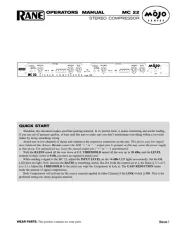
18 Juni 2025
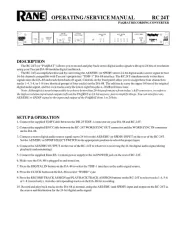
18 Juni 2025
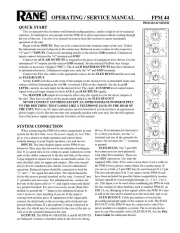
17 Juni 2025
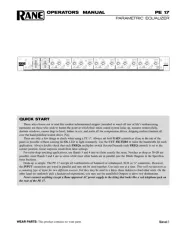
17 Juni 2025
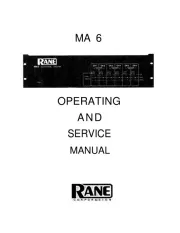
17 Juni 2025
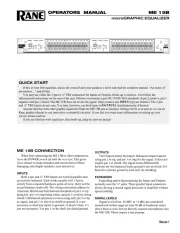
17 Juni 2025
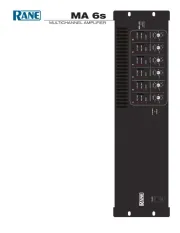
17 Juni 2025
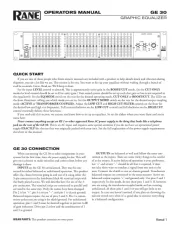
17 Juni 2025
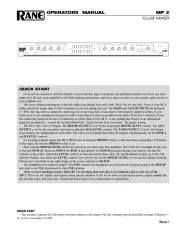
17 Juni 2025
Handleiding Mengpaneel
- OWI
- Home Electric
- CAD Audio
- NutriBullet
- Icon
- Turmix
- LD Systems
- Vonyx
- Bellari
- Domo
- Beachtek
- Solac
- Silvercrest
- Clatronic
- Primo
Nieuwste handleidingen voor Mengpaneel
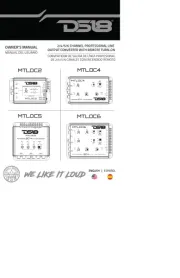
8 September 2025
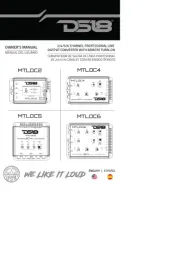
8 September 2025
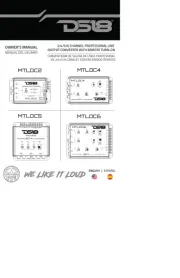
8 September 2025
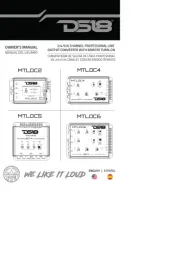
8 September 2025

12 Augustus 2025
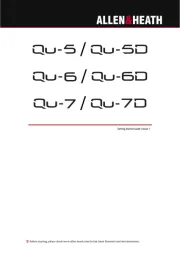
12 Augustus 2025
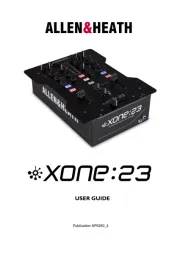
11 Augustus 2025
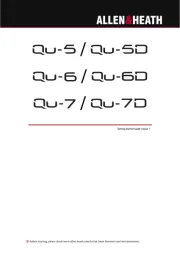
11 Augustus 2025
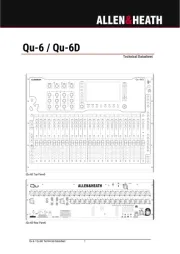
11 Augustus 2025
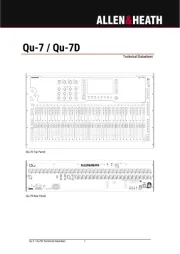
11 Augustus 2025